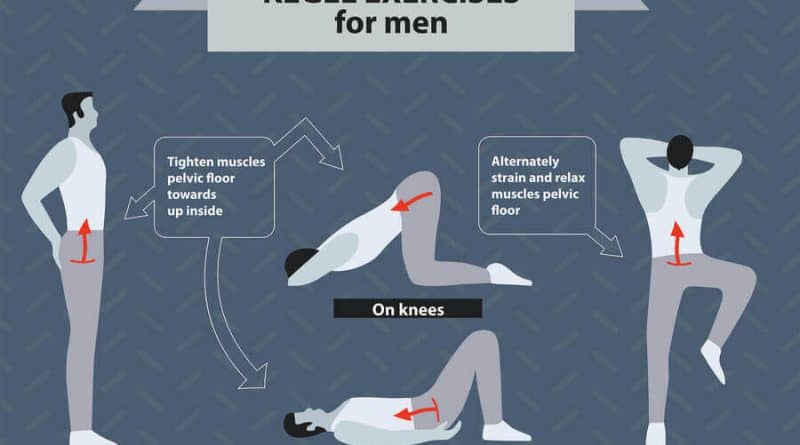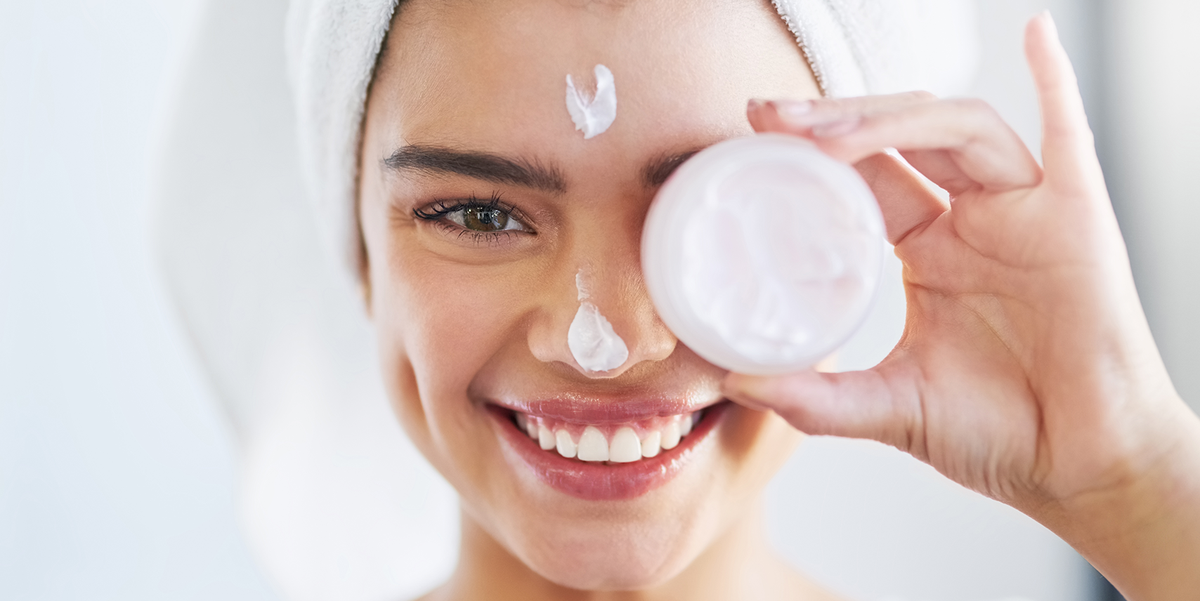Everything Know All About Kegel Exercise
What Are Kegels?
A Kegel reduces the pelvic floor muscles, the sling-enjoy supporting the bladder and muscles surrounding the uterus and vagina, and the rectum.
Women can do these kegel exercises to help care for the muscles to treat pelvic organ prolapse, bladder leaks, hip pain, and low back and develop intimacy.
A pelvic floor is a group of tissues that form a sling that supports the uterus, bowel, and bladder. Just as you would tone any other tissue group, you can strengthen your pelvic floor muscles by doing Kegel exercises. Referred to after the gynecologist who developed it, this exercise is helpful during pregnancy and has other lifelong health benefits for both men and women.
Does Kegel Treat Erectile Dysfunction?
For some men, kegel exercises recognize as part of a range of treatments for erectile dysfunction (ED). These exercises alone or associated with lifestyle changes (such as cutting down on alcohol, eating a healthy diet, stopping smoking, and exercising daily) can be enough to improve their ED signs to their satisfaction.
For others, it is used as part of their control for erectile dysfunction with other types of interferences (such as devices, medicines, or counseling).
It has been proving to improve ED signs – the study has been done into pelvic floor repair, a physical therapy program designed to train men and women to use various techniques for providing strengthen to the pelvic fool muscles.
Pelvic floor rehabilitation programs are about as useful as surgery 42% of men with ED improved with pelvic floor repair alone 61% of men are better able to control PE symptoms after pelvic floor rehabilitation. Treat your ED problem by using Vidalista 60 and Tadalista.
Benefits For Women
Diminishes the risk of developing hemorrhoids and leaking urine in late pregnancy
- Prepare the pelvic floor for childbirth.
- Improves healing of the perineum from the episiotomy
- It helps to prevent urinary incontinence as you get older
- It helps to avoid the prolapse of pelvic organs
- Can increase sensual pleasure for you and your partner
Health Benefits For Men
#1. Develop Bladder And Bowel Control
The pelvic floor muscles are immediately responsible for controlling urine and bowel movements. If these muscles are weak, you’re more likely to encounter constipation, an excitable bladder, urinary incontinence.
Mainly because of an enlarged prostate or to recover from prostate surgery, Fecal incontinence, difficulty controlling flatulence, or urine leakage from forceful activities such as sneezing, coughing, or laughing (“stress incontinence”). Strengthening your pelvic floor through Kegel exercises can enhance your bowel and bladder control and continence.
#2. Reduced Chances Of Prolapse
Pelvic organ prolapse is a health situation in which the pelvic floor muscles are so weak that they can’t maintain the pelvic organs (the bladder and rectum). During a pelvic organ prolapse, one or more pelvic organs fall below the pelvic floor, creating a bulge. Since it exercises to strengthen the pelvic muscles, they can help inhibit the forces from becoming too weak and allowing prolapse.
#3. Increased Intimate Health
It can help you improve and strengthen the bulbospongiosus muscle, which contributes to intimate functions, such as orgasm, ejaculation, and erection. Sometime various healthcare experts suggest Kegels to help reduce erectile dysfunction or premature ejaculation.
If you’re experiencing incontinence, reproductive dysfunction, or pelvic pain, seek medical advice through a certified healthcare provider, pelvic health specialist, physical therapist, or urology clinic. They can give you additional health information and can identify if Kegel exercises are suitable for your health.
How Do You Do Kegel Exercises?
The first step is to locate the proper muscle to clench. As reported, use the strength you’d contract to avoid breaking wind, squeezing from front to back, and drawing up into the pelvis. Focus on having your buttock, thigh, and stomach muscles relaxed. Otherwise, they’ll take some of the load and decrease the effectiveness of the exercises.
If you’re having trouble, try sitting on a chair with your feet firmly on the ground and hands resting on your upper legs. You can also feel to check you’re not squeezing the thigh tissues. If you’re still having trouble, lie down on a firm surface, like the floor, which takes the pressure of the organs off the muscle and will make it easier.
As a last resource, next time you’re in the toilet, try stopping or even slowing the stream of urine. That’s the Kegel muscle. Stopping and starting urine flow isn’t considered a healthy bladder habit, so once you’ve found the muscle, don’t keep repeating this. Also, kegel exercise improve men’s health disease. Treat your men’s health issue by using Vidalista and Vidalista 40.
Now you’ve found it, the exercises are easily sequences of clenching, holding, and releasing.
How Kegel Exercises Help
The pelvic floor muscles are like a ring, holding the bladder and urethra in place. These muscles also help prevent the urethra from closing. Weak pelvic floor tissues may allow urine to leak. To strengthen the pelvic floor muscles, do Kegel exercises every day. In a few months, the muscles will be firmer and tighter. It can help prevent urine leakage.
A Word Of Caution
Unfortunately, Kegel exercises don’t work for everyone.
Across studies, there is a minority who doesn’t seem to experience the benefits; however, most times, this may be because they aren’t performing the Kegel exercises correctly or are not targeting the right muscles.
Also, for those with pelvic floor muscle diseases, Kegel exercises could be counterproductive.
Therefore, it’s essential to consult with a doctor first to ensure you’re healthy enough for pelvic floor muscle exercises.
And, again, if you experience pain when doing these exercises or if you have adverse symptoms that develop or worsen while doing Kegel exercises, seek prompt medical advice.
End line
These are the most basic Kegel exercises. Men’s health may also be positively influenced by other types of pelvic floor work, like the bridge pose in yoga or squats. Still, those exercises shouldn’t be attempted for many patients without the supervision of a physical therapist first.
I am Abhishek Kumar, I have done my master’s in Biotechnology. My most preferred genre of writing is Health, Environment, Entertainment, and sport. I have been writing from the past 4 years about blogs, articles, and web content. I am working as a professional blogger. I enjoy socializing a lot. Apart from all this, I enjoy watching movies, web series, cricket and exploring nature makes me happy.



